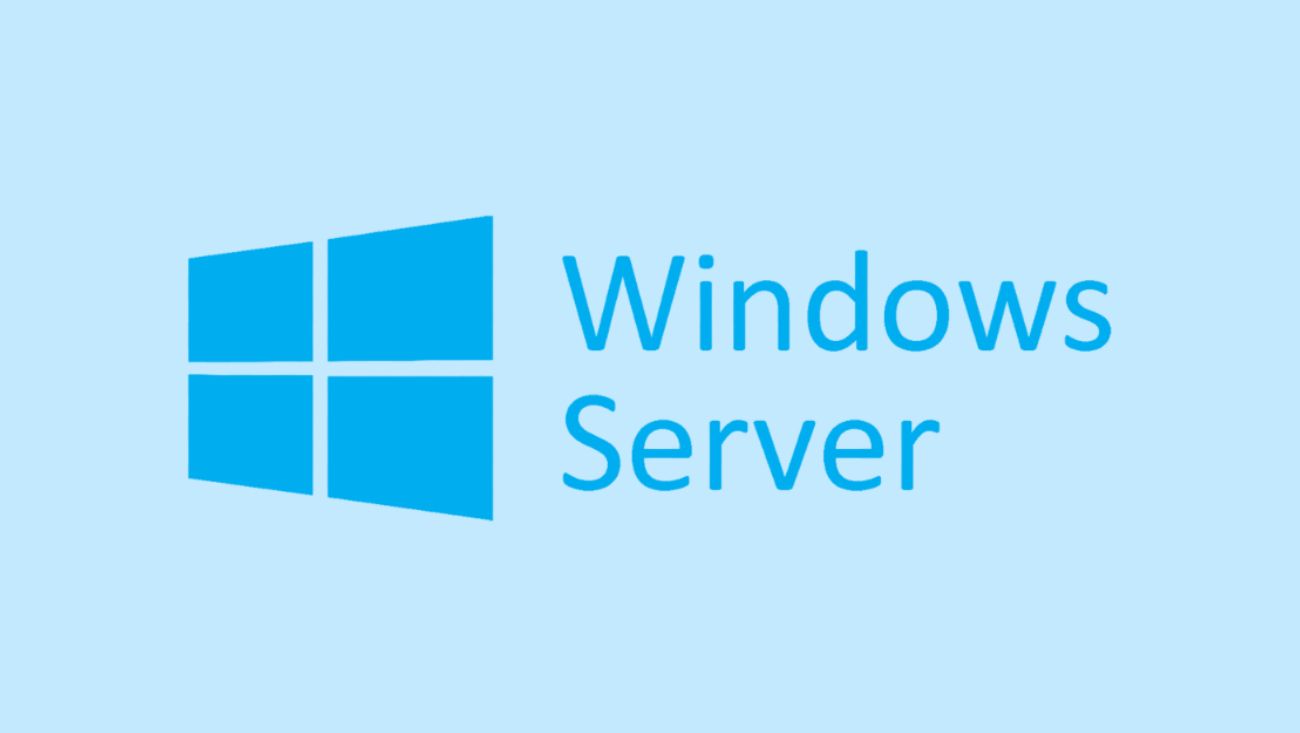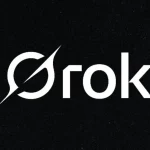April 28, 2025 – Microsoft has announced that starting July 1, 2025, its hotpatching feature for Windows Server 2025 will move from a free preview to a paid subscription, costing $150 per year for a 100-core server. This technology, which allows security updates to be applied without rebooting, aims to reduce downtime for on-premises servers but has ignited discussions among IT professionals about its cost and necessity. As businesses increasingly prioritize operational continuity, Microsoft’s decision underscores the shifting dynamics of software updates and the financial implications of maintaining secure systems.
Hotpatching enables security patches to be applied without requiring a system restart, a significant advantage for minimizing downtime in critical environments. The new subscription fee will apply to on-premises Windows Server 2025 Standard and Datacenter editions, priced at $1.50 per core per month—or $150 annually for a 100-core server. The feature, available in preview since August 2024, will follow a three-month cycle: a baseline monthly cumulative update followed by two months of hotpatches, reducing the need for reboots from 12 to 4 per year. This approach aligns with Microsoft’s efforts to enhance system reliability, a trend also seen in recent iOS updates that leverage technology to improve user experiences with minimal disruption.
The decision to charge for hotpatching has elicited varied responses from the IT community. A report from The Register noted that while hotpatching is offered for free in Azure Editions of Windows Server, the new fee for on-premises servers has raised concerns among administrators. Some argue that the cost is justified, as it reduces the window of vulnerability by enabling faster patch deployment without downtime—a critical factor for businesses where even brief outages can lead to substantial losses. Others, however, view it as an unnecessary expense for a feature they believe should be standard, especially given Microsoft’s history of charging for extended support. Microsoft has stated that users can opt out of the subscription by disenrolling before June 30, 2025, to avoid automatic enrollment.
Cost Breakdown and User Considerations
Here’s a summary of the key details and implications:
- Pricing: $1.50 per core per month, equating to $150 per year for a 100-core server.
- Cycle: One baseline update followed by two months of hotpatches, reducing reboots to 4 per year.
- Availability: Applies to on-premises Windows Server 2025 Standard and Datacenter editions; free for Azure Editions.
- Management: Requires Azure Arc, though using Arc for hotpatching incurs no additional cost.
The introduction of a paid hotpatching feature reflects broader trends in the tech industry, where companies are increasingly monetizing advanced features to offset development costs. It was reported that Microsoft’s Xbox team has been a significant user of hotpatching, indicating its reliability for large-scale operations. However, the decision to charge for on-premises servers has drawn comparisons to other paid security models, raising questions about accessibility for smaller organizations. This shift comes at a time when digital safety practices are under scrutiny, highlighting the need for timely security updates without operational disruptions.
Microsoft argues that the subscription fee is a worthwhile investment for businesses that cannot afford downtime. According to Forbes, hotpatching can simplify change control, shorten patch windows, and ease orchestration, potentially allowing IT admins to reclaim weekends previously spent managing reboots. For industries like finance or healthcare, where uptime is critical, the ability to apply patches without interrupting services could be a significant advantage. However, the cost may deter smaller businesses or those with less stringent uptime requirements, especially as they navigate other IT expenses, such as adopting video editing tools that enhance digital operations.
The move to a paid model also raises questions about the future of software updates. Microsoft will continue to offer traditional updates on its current schedule, meaning hotpatching is optional. However, this trend of charging for premium features could set a precedent for other software vendors, potentially increasing the overall cost of maintaining secure systems. IT administrators will need to weigh the benefits of reduced downtime against the subscription fee, considering factors like their server workload, budget, and operational needs. The decision mirrors broader debates in the tech industry, such as those surrounding streaming services, where cost and accessibility are key considerations for users and businesses alike.
Microsoft’s new hotpatching subscription for Windows Server 2025 highlights the growing challenge of balancing security, cost, and operational efficiency in the digital era. While the feature offers clear benefits for businesses prioritizing uptime, its cost may prompt some organizations to stick with traditional update methods. As the July 1 deadline approaches, IT professionals will need to evaluate whether the investment aligns with their needs, while Microsoft faces the challenge of justifying the fee to a diverse user base. What’s your take on Microsoft’s new hotpatching fee? Is it a fair price for reduced downtime, or an unnecessary expense? Share your thoughts in the comments, and let’s discuss the future of software updates in enterprise environments.







